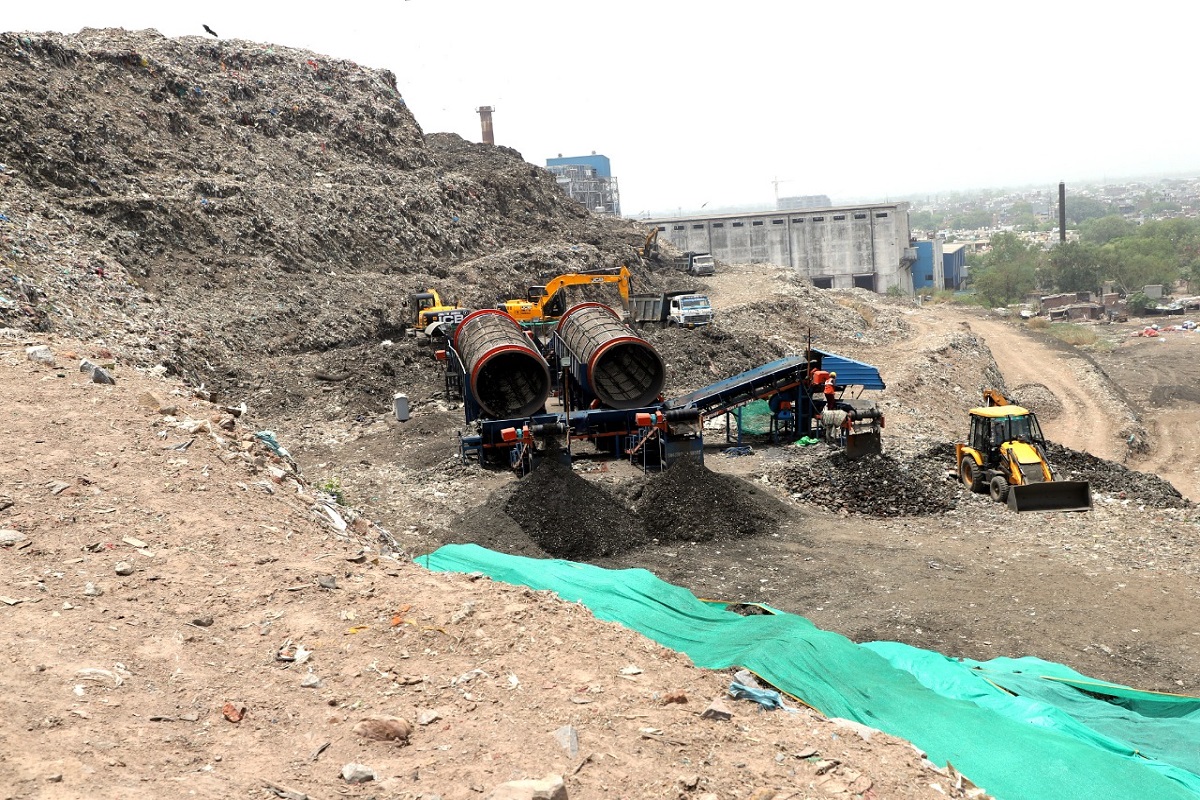Thousands of residents of Moyna, an administrative block in East Midnapore district, are grappling with dire living conditions due to blocked canals, their only means of water drainage. These canals, now filled with dirty water and water hyacinth, have created a pervasive unhygienic environment, raising fears among experts of potential catastrophic health disorders if the situation persists.
Over the last two decades, East Midnapore has seen a dramatic shift from traditional paddy cultivation to fish farming. Although instances of forced land grabbing remain rare, there is growing suspicion that lucrative annual payments have enticed many farmers to cede their lands for these ventures.
Advertisement
Local farmers’ concerns over this shift have led to the formation of a dedicated survey team to investigate the socio-economic and environmental impact on Moyna residents. The team collected soil and water samples from 50 sites and conducted socio-economic surveys on 200 households, using satellite imagery to monitor changes in land use across the region.
In the 1980s, Moyna was characterized by low-lying terrain and single-crop rice farms, often submerged under water for much of the year. This led to economic strain due to dependence on rice cultivation, which frequently suffered from excessive rainfall. By the late 1990s, locals seeking better livelihoods endorsed contractual fish farming through village committees, adopting a collective farming model that initially allowed for the coexistence of rice and fish farming.
However, as financial incentives for fish farming grew more attractive, many farmers abandoned rice cultivation entirely in favor of year-round fish farming. By the early 2000s, intensive fish farming became widespread. This shift raised concerns about the excessive use of chemicals in fish feed, which have adversely affected soil and water quality.
Mrinmoy Gharai, a professor of Zoology at Panskura Banamali College and survey team member, highlighted alarming findings from tests conducted on water and soil. The pH levels exceeded 8.8, indicating significant water quality deterioration and reduced soil fertility. Farmers now face reduced fish production and significant financial losses due to broken agreements by fish farm owners.
Environmental researcher P K Shit underscored the plight of landless farmers, who have lost their livelihoods with the decline of paddy cultivation. The excessive use of chemical fertilizers and fish feed by fish farm owners has led to pollution and blocked waterways, further exacerbating the community’s challenges. Illegal encroachment along roadsides has also resulted in shops occupying the 7-8 feet wide canals, obstructing water flow and causing sanitation issues.
Sujoy Midya, assistant professor of zoology, highlighted the alarming health impacts on the local populace, linking the consumption of chemically farmed fish to incurable diseases such as skin disorders, heart ailments, and cancer. Consumer dissatisfaction with Moyna fish due to harmful chemicals has led to a decline in fish sales.
Researchers warn that unplanned fish farming has led to the extinction of small native freshwater fish and environmental degradation. Reverting to rice cultivation poses challenges due to submerged land and unclear boundaries, complicating land reclamation. The situation underscores the urgent need for sustainable practices to mitigate environmental harm and safeguard the livelihoods of local communities.
Ajay Maity, a local resident, said, “As fish farming continues to block the canals and degrade the environment, Moyna residents remain trapped in a cycle of health hazards and economic despair, urgently needing intervention for a sustainable future.”









